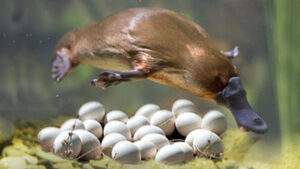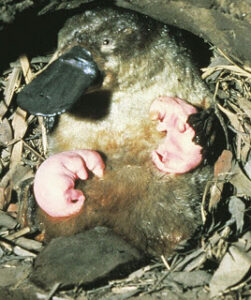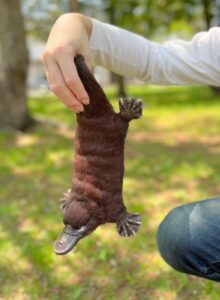The platypus is a creature that retains the characteristics of a very primitive mammal. Although they are mammals, they lay eggs.

They breastfeed but have no nipples, milk will seep out of the belly skin like sweat and the baby will lick the mother’s belly to get milk.

The legs and beak are like a duck, but the legs are like a chicken. The body and feathers are like an otter, but the tail is like a beaver and has a glowing electric field. They sense their prey with electrical receptors and are also one of the very few venomous mammals. The hind legs of the male platypus have the ability to secrete a strong poison. The venom from spurs can kill small animals and cause extreme pain in humans if pierced through the skin.

At the beginning of the twentieth century, humans began to hunt platypuses for their fur. The species is now protected in its natural territory in Australia. However, the growth process of platypuses is very susceptible to environmental pollution problems. Causing the number of individuals of this species to decline rapidly, even at risk of extinction in the future.
